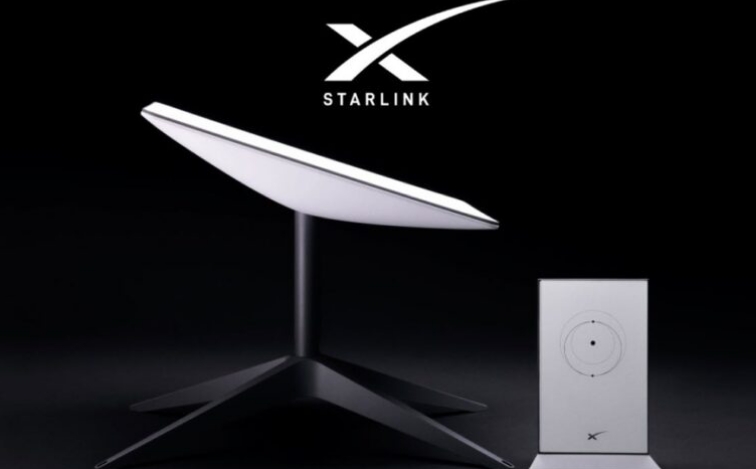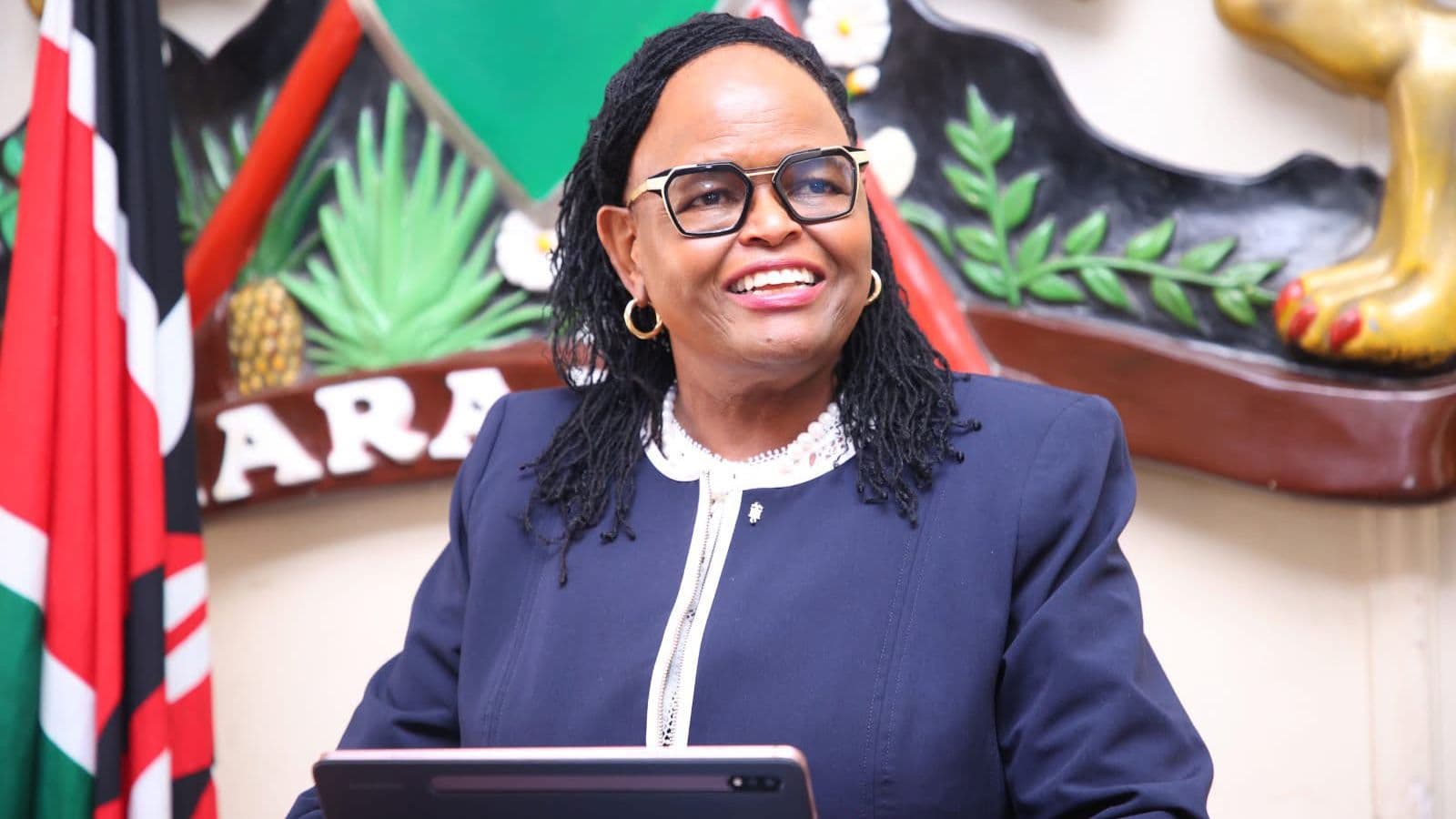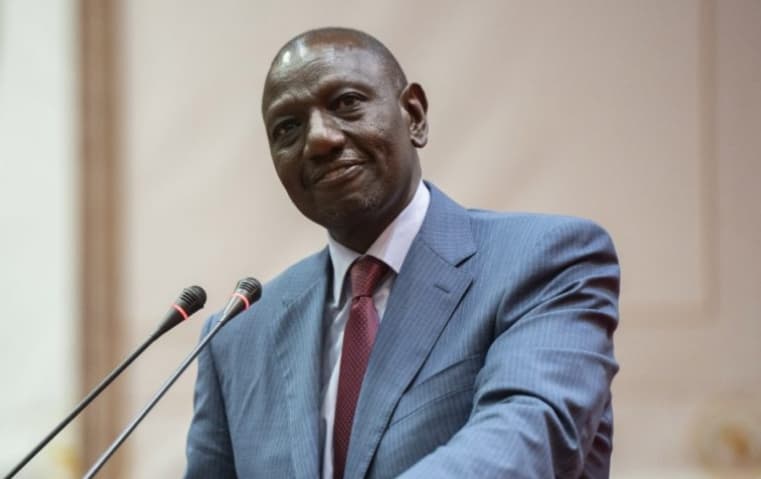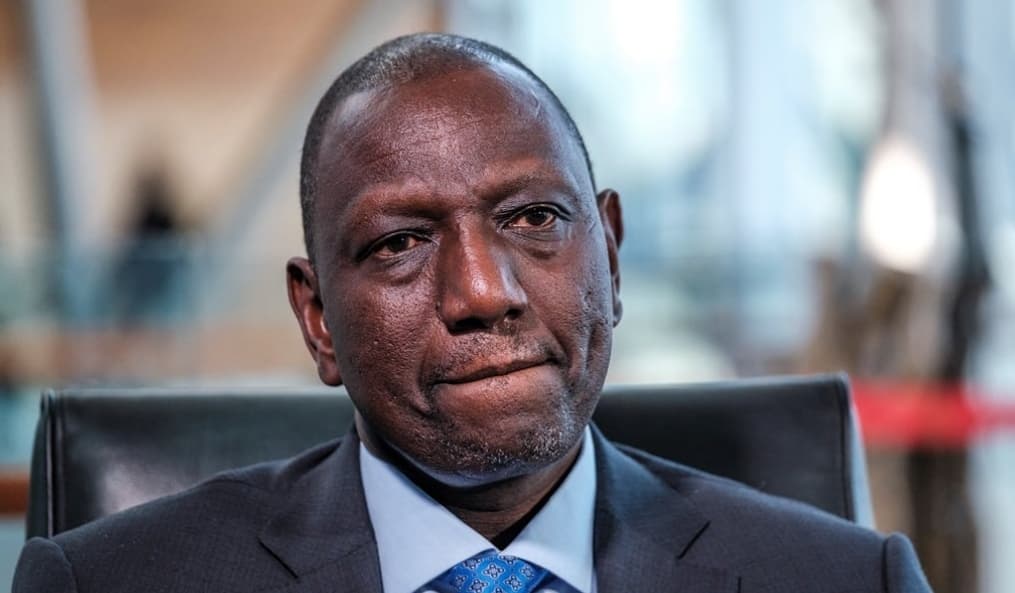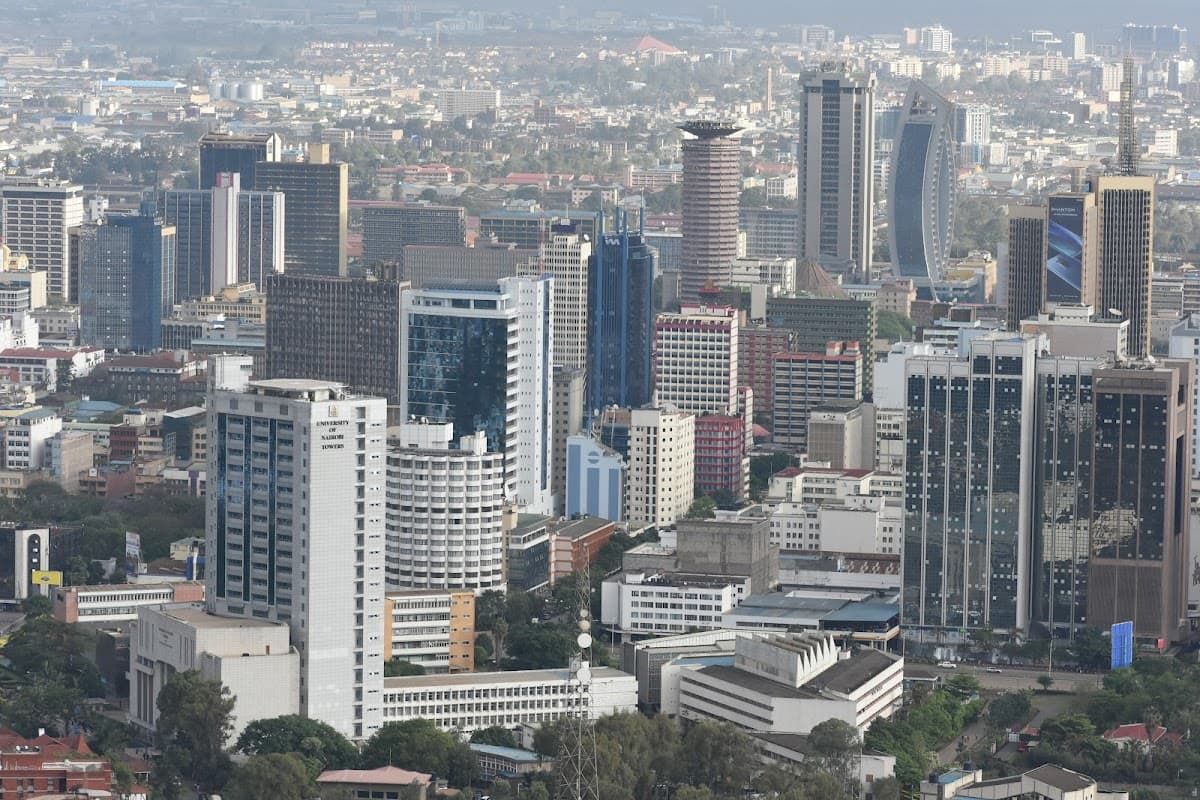Tesla-Billionaire Elon Musk's Satellite Internet , Starlink, since its debut in Kenya, introduced strategic incentives to rapidly capture market share. The company’s core appeal lied in its straightforward value proposition: subscribers pay for a service and receive quality internet connectivity. This concept sounds basic but represented a significant improvement over existing internet services in Kenya.
Many local internet users have long complained about poor service quality and the lack of value for their money. Starlink’s entry presented a compelling alternative, attracting Kenyans eager for reliable, high-speed internet. The satellite-based provider saw substantial interest, with subscribers flocking to experience a notably different internet service than traditional providers.
Starlink came to Kenya with a promise of high-speed internet for everyone, anywhere. And for a while, it delivered. But right now, in Nairobi and several nearby counties, you can’t even sign up.
The service is oversubscribed, speeds have dropped, and the infrastructure isn’t keeping up. Add in rising regulatory pressure and a lack of local support, and Starlink in Kenya is at a crossroads.
Starlink’s biggest draw in Kenya was speed. But the numbers tell a different story now. Recent Ookla data showed Starlink speeds in Kenya had dropped to a median of 47 Mbps—less than a quarter of what early users were getting.
Kenya now has the second-slowest Starlink speeds in Africa, behind only Madagascar. Rwanda and Botswana, where Starlink launched later, are seeing more than 85 Mbps and 100 Mbps respectively.
Ookla’s lead industry analyst, Karim Yaici, attributes the slowdown to too many users and not enough capacity.
“Speeds in Nigeria, Zimbabwe, South Sudan, Kenya, and Madagascar—arguably some of Starlink’s biggest markets—were below 50 Mbps, most likely because the provider faces capacity issues and halts new sign-ups,” he said.
In January 2025, Starlink brought a ground station online in Nairobi. These stations, also known as Points of Presence (PoPs), are supposed to reduce latency and boost speeds by connecting users more efficiently to the global internet backbone.
Kenya and Nigeria are the only countries in Africa with PoPs. Globally, Starlink operates over 30 of them. But even with that upgrade, congestion in Nairobi hasn’t eased. The satellites are in orbit, but the system can’t cope with the demand on the ground.
Starlink has over 7,000 satellites in low-earth orbit and continues to launch more. But it’s not launching fast enough to keep pace with usage in Kenya.
Since November 2024, Starlink has not accepted new customers in Nairobi or nearby counties like Kiambu, Kajiado, Machakos, and Murang’a. Not because it doesn’t want to, but because it can’t. The network is full.
That means anyone buying a Starlink kit in these areas today can’t activate it, with several customers waitlisted for months.
Many Nairobi residents bought Starlink kits before realizing they couldn’t activate them. Some were lured by discounts, including a half-price offer and the option to lease instead of buy.
Starlink has quietly admitted the problem on its website: “We cannot provide an estimated timeframe for service availability, but our teams are working as quickly as possible to add more capacity to the constellation.”
Starlink’s near-monopoly presents a significant challenge for competitors. As of September 2024, Starlink commanded the overwhelming majority of the satellite internet market in Kenya, with 16,786 of the total 17,042 satellite data subscriptions. Competing providers like Viasat, GlobalTT, and WafaNet collectively accounted for just 256 subscribers.
The Musk's company also faced another challenge in Kenya, with Internet Service Providers like Safaricom PLC, Jamii and Airtel Proposing Regulatory changes citing unfair competition over Starlink’s affordable pricing.
Kenya’s Communications Authority has also proposed a nearly 1,000% increase in licensing costs for satellite ISPs. The cost of a 15-year operating license will rise from USD 12,302 to USD 115,331, with an annual fee of 0.4% of total revenue. While this proposal could increase operational costs for Starlink and other ISPs, it also allows satellite providers to diversify their operations, such as building terrestrial cables, telemetry systems, tracking facilities, and participating in space research.
For Starlink, this regulatory shift could allow the establishment of ground stations in Kenya, a plan previously hindered by licensing barriers. These facilities would significantly improve latency issues and support future service enhancements.
Meanwhile, Even with the recent drop, Starlink’s speeds are still higher than what most Kenyan ISPs provide. Ookla puts the national ISP average at 14.67 Mbps. Safaricom, Zuku, and others typically offer 10–30 Mbps, though performance can vary wildly depending on location. The challenge is on Starlink to maintain that advantage by growing and upgrading its capacity fast enough.
